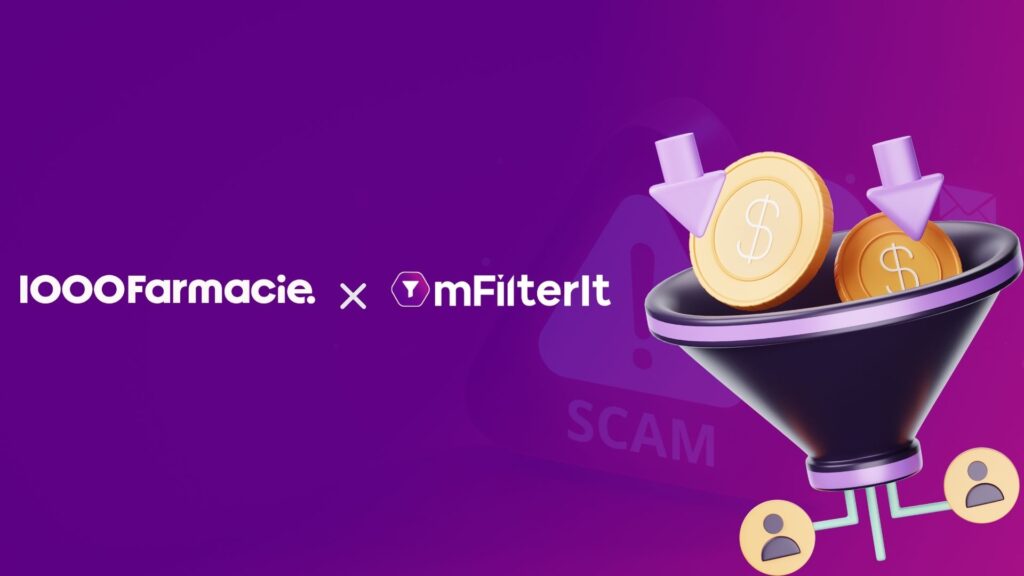Brand Infringement and imitation have been predominantly an offline affair. Brands have set up checks and balances to monitor any sort of violation by any individual or an entity that might be unauthorized to represent or use any of its identity like trademark, logo, etc.
In the digital landscape, this has never been taken seriously. The reason for that could be because digital primarily relates to content, reproducing the identity of one even without authorization was not considered damaging. For instance, people conveniently search for logos of different brands on Google and use them even incorporate presentations and official documents. This goes without adhering to something like Creative Commons Licenses (CCL).
However, the relevance and objectives of digital have changed fundamentally for any organization. From being an add-on to the primary business, digital has become the Centre stage of activities. After the emergence of the covid-19 pandemic, digital has become the default in many cases.
A brand is increasingly having many touchpoints over digital where it is represented. Through these digital touchpoints, it interfaces with several stakeholders including customers, partners, employees, government, and others.
A brand is the notional and perceived owner of all these channels and the messages that go over them in the eyes of audiences including customers.
So, it is incumbent on the brand to keep a regular check and monitoring of all its assets to ensure that it is presented rightfully across them. For instance, there are typically several pages on social media channels for any brand. These are owned and managed by brands, their partners, users, fans as well as fraudsters. Other than having a verified sign for brand-owned pages, and accounts, there is no way to make a distinction for ordinary users who genuinely want to engage. This means a user could potentially be engaging with an unauthorized representative of a brand digitally!
Similarly, there could be advertising messages including promos and offers, running in the name of a brand where the brand is neither aware of nor has any obligation to respect them. But, since they are run for various reasons in their name, it only earns a bad reputation for them.
The fundamental issue here is that brands engage through various channels and mediums which plot across the level of control they have on them. Even the channels where they have absolute control, like a website or an app, parallel or mirror websites and apps are being created and distributed through non-regular means, like third-party app stores among users.
A brand can walk the long journey of legal redressal to bring such parallel assets down, but by then much of the damage is already done to its reputation. Even when going legal, it needs substantial proof to seek justice.
Brand Infringement is not only impacting the brand reputation and image but also hitting the funnel and revenues. So, all the investments that every brand is putting in digital transformation automatically diminish returns.
Additionally, the brand also becomes a medium of data and privacy breaches as its imitated assets could be exploited through malware, etc., comprising user data. Brands with a vision and sustainability objectives always look at a wider canvas of offering the best experience rather than just a sales-driven approach.
This experience can only be created when brands are in full control and visibility of their presence on digital as well as have a monitoring mechanism in place which alerts for instant actions to bring things on track from the deviations caused by uncontrollable variables in the equation.
As brands transform into digital businesses, they will require to have a 24×7 eye on their presence and reputation over digital and proactively keep the brand assets aligned with the overall positioning and principles for which a brand stands for.
That will keep the brand infringement under control and add sustainability to the reputation and image of a brand.









